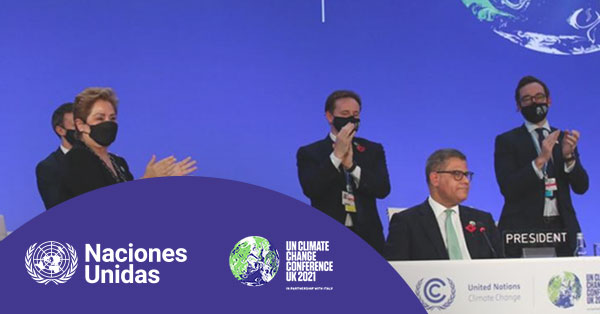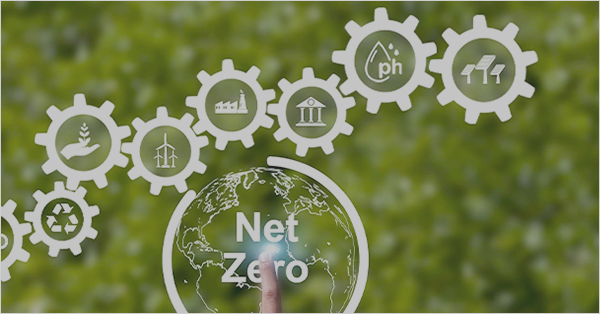
If COP26 in Glasgow will not be remembered for having reached an ambitious agreement (like Paris or Kyoto), it will be remembered for being predominantly the COP of finance. Corporations and banks and the coalitions that convene them were more present and visible than at any previous COP. And while the main objective of the negotiations was to complete the rulebook of the Paris Agreement, ensure international alignment around the 2050 goals and consolidate concrete progress on the UNFCCC’s 1.5˚C target, there were several interesting and important outcomes for sustainable finance.
First, many nations and even individual companies have pledged to achieve net zero emissions by 2050, although few have yet presented plans for how they will do so. Lenders and financiers will be able to be part of this process by assessing plans for net zero emissions, as well as by developing innovative instruments to finance part of this transition.
During COP26, the International Financial Reporting Standards Foundation (IFRS) announced the creation of the International Sustainability Standards Board, unifying the previous work of the Climate Disclosure Standards Board (CDSB) and the Value Reporting Foundation (VFR). This does not mean that the dilemma of existing standards in play will disappear completely, but it does mean that the environmental, social and governance (ESG) data and reporting landscape will begin to converge.
Indeed, companies, investors and lenders are increasingly concerned about the environmental, social and governance (ESG) impact of their business decisions. This focus has shed light on the importance of investment decisions that mitigate exposure to climate risk, comply with current and future regulations and limit any potential reputational damage.
Finance managers will need to collaborate through more rigorous analysis against better, more coordinated and holistic categories of data. And asset managers may need to dig deeper to uncover new sources of ESG-aligned investments.
As part of their sustainability objectives, industry leaders are increasingly developing green and sustainable strategies, incorporating them into their business strategies and aligning their financing mechanisms with their sustainable development commitments.
Investment in local capabilities and ESG data platforms will therefore become an increasingly important differentiator.
On the other hand, the world has focused on mobilising the $100 billion pledged by developed countries. According to CPI‘s latest analysis, total climate finance has reached some $632 billion, although flows have slowed somewhat in recent years. However, trillions of dollars need to be mobilised to address climate change. To do so, it cannot rely entirely on incremental progress, but requires a more radical change in processes. In addition, the necessary shift means focusing also on quality, in addition to quantity, which was given much attention in various COP26 dialogues.
Therefore, the emergence of instruments to scale up investments in the transition will accelerate after COP26. Increased attention at the policy, supranational, corporate and financial institution levels will further mobilise the market. Markets are expected to continue to grow, both in Latin America and globally. Innovative financial instruments, such as those already in place, will continue to expand in Latin America as developing countries seek to raise capital to accelerate their climate transitions and strengthen the conditions for long-term sustainability.
This development in international negotiation offers enormous opportunities for lenders, borrowers and investors. Lenders should use the momentum of the sustainable finance market to promote greater quantity and quality of sustainable instruments for their clients. Borrowers will need to engage meaningfully with their statements and objectives while seizing the opportunity to secure new sources of finance.







 Stay updated on the latest trends of Green Finance
Stay updated on the latest trends of Green Finance


